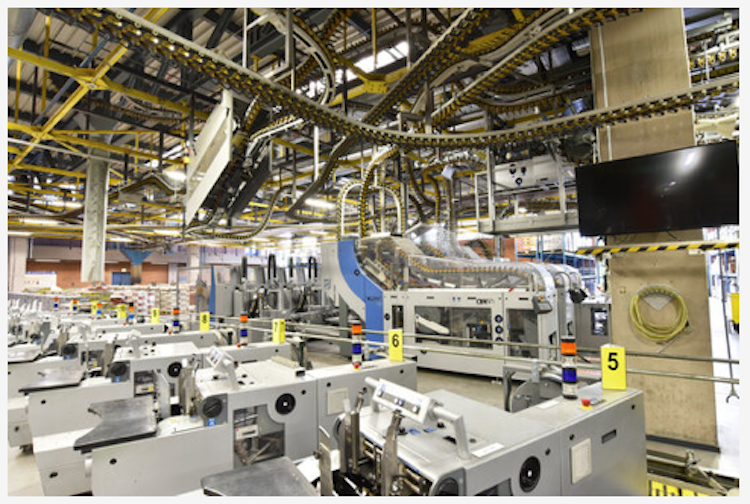
The benefits of using universal collaborative robots
Most manufacturing industries face significant challenges today, which can be solved by robots. The greatest challenge that every enterprise needs to address is workplace safety. Every year, companies use a substantial amount of money to cater for hospital bills of their employees.
Apart from the medical bills, most employees miss some workdays due to illnesses and injuries. Absence of employees from the workplace results in direct and indirect costs that affect an industry’s financial status.
The universal collaborative arms are designed to help you reduce workplace injuries and the associated costs. A robot is a perfect replacement for humans, and it does not require medical schemes neither does it ask for sick offs.
What are the benefits of using a robot?
Using a robot in your industry has many benefits than you ask for. Although the initial cost of installing a single robot is high, the benefits are immense. Look at the following advantages of using a Universal robot:
1. Robots reduce workplace injuries
Manufacturing industries have many processes that pose a risk to humans. Tasks like massive lifting cause bodily harm to employees. Employees are also at risk of falling from high heights. Other processes like welding require high temperatures which cannot be handled by humans.
The method of painting also releases harmful fumes that can affect the health of humans. To avoid all these health complications, your company should engage the Universal collaborative arm. The robot can do all these tasks without getting health issues.
A single-arm is programmed to handle all the manufacturing processes with precision. One robotic machine can lift, weld, paint, and transport the products from one point to another effectively.
2. Reduce the cost of production
One major challenge facing many industries is the cost of production. It would be best if you employed several employees to perform the various tasks in your production plant. However, a single robot can be engaged to perform these tasks with precision.
Robots move from one job to the other, thus reduces the time used in production. Using a robot also cuts down on the costs used for salaries, insurance, and benefits paid to workers.
3. Reduce the time of production
Time is money, so they say. Robots reduce the time that is used in production, thus reduces the cost of production. Unlike humans, robots work faster and continuously.
The robot never takes breaks and can work 24/7. When you engage a robot to perform the tasks in a manufacturing plant, you save a lot of time, which subsequently saves the overall production cost.
4. Enhances productivity and growth
Productivity and growth are greatly affected by the lack of skilled labor. It is an expensive affair to get qualified personnel to perform some tasks in the production unit. Shortage of experienced labor delays production and thus affects overall productivity and growth.
The solution to this problem is Universal collaborative robots. The joint robotic arm is programmed to handle all the production tasks in the industry.
The robots are automated to work continuously, thus increases production. A robot never asks for days off or leaves. Robots also never get sick or injured. They also never get tired; therefore, they work non-stop.
Manufacturing industries that use Universal robotic arms registers production, which supersedes their production goals. These industries have increased growth over time.
5. Occupy the position of skilled labor
One significant headache in manufacturing industries is getting skilled labor. Many sectors fall short of skilled labor and find it hard to fill the gap if one of their employees leaves the company.
Lack of qualified personnel can halt the whole production unit. A robot can be used to fill in positions of skilled labor. A robotic machine works with more precision than a human being, thus increases production.
